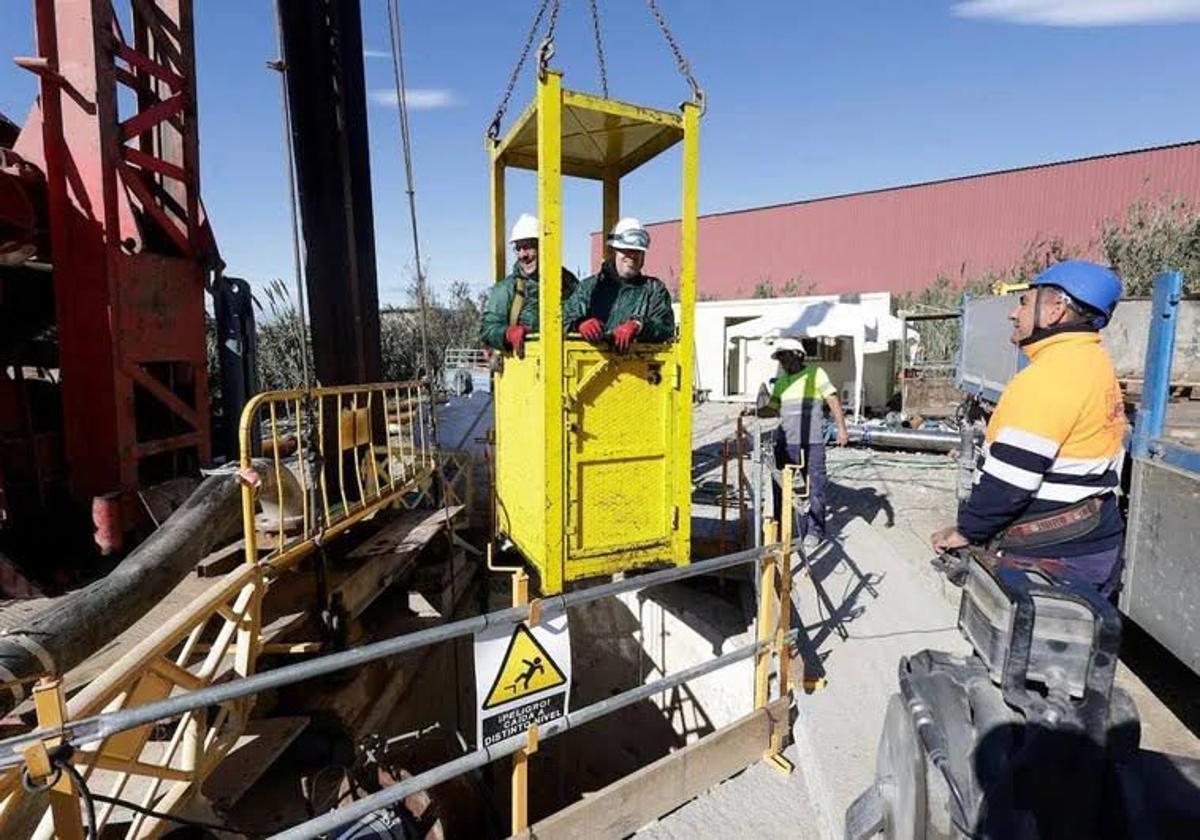Great expectation that upgraded wells could provide 75% of Malaga city's domestic water needs
The supply projection from the lower Guadalhorce and Aljaima and Fahala underground sources has been exceeded with a measured water flow of 1,100 litres a second
Malaga city council is "very satisfied" with the improvement works carried out to make use of the Aljaima and Fahala wells, as well as those of Bajo Guadalhorce. The first wells could supply 300 litres per second to the city, and the second, 800 litres per second. This means that, at specific times, a total of 1,100 litres per second could be directed to the Atabal water treatment station for domestic consumption in the city, out of the 1,500 litres per second required to supply Malaga, as explained by environment councillor Penélope Gómez.
Gómez stressed that thanks to the latest rains, Malaga had increased its water reserves in the reservoirs from 16 per cent to 28 per cent and that this had made it possible for the drought situation to be eased somewhat. The consumption per inhabitant per day has been raised from 160-180 litres to 200 litres, although she said that the city more than met the previous parameters and currently averages 169 litres per person per day. This has been possible, she added, because supply company Emasa has undertaken 30 actions to control leaks and lower the water pressure in the city, which is leading to significant savings.
Regarding the work to bring the wells of the Bajo Guadalhorce into service, the councillor indicated that, at 60 metres deep, they are providing much more flow than expected, specifically 800 litres per second, and that by the summer, specifically in June, all six wells could be in operation.
With regard to the hydraulic improvements to be made in the city to overcome future droughts, of which the mayor of Malaga, Francisco de la Torre, said that the Cerro Blanco dam (Rio Grande) was vital, Gómez stressed this infrastructure because it would help to prevent flooding, including reducing those suffered in Campanillas, as well as solving a problem that will increase with the process of climate change, such as drought. Regarding this reservoir, she stated that two options are being considered: one with a capacity of 25 cubic hectometres (like the Limonero dam), or doubling it to 50 cubic hectometres. The councillor, who is a civil engineer, highlighted that reservoirs had long been criticised (mainly by environmental and conservationist movements), but it had been shown that they play a key role in preventing floods in various trouble spots and are essential for supplying water to the population.
With regard to the Cerro Blanco dam, Gómez said that the tender documents are currently being prepared for the study of alternatives, which will determine the parameters, reservoir capacity and location of the dam, and that this multi-criteria matrix, together with the economic cost, will determine the best project. However, in a hydraulic infrastructure of these characteristics, she stressed, it is necessary to think in the medium term, as such a project would take at least ten years due to all the bureaucratic processes, including the environmental impact study, which must be passed.

